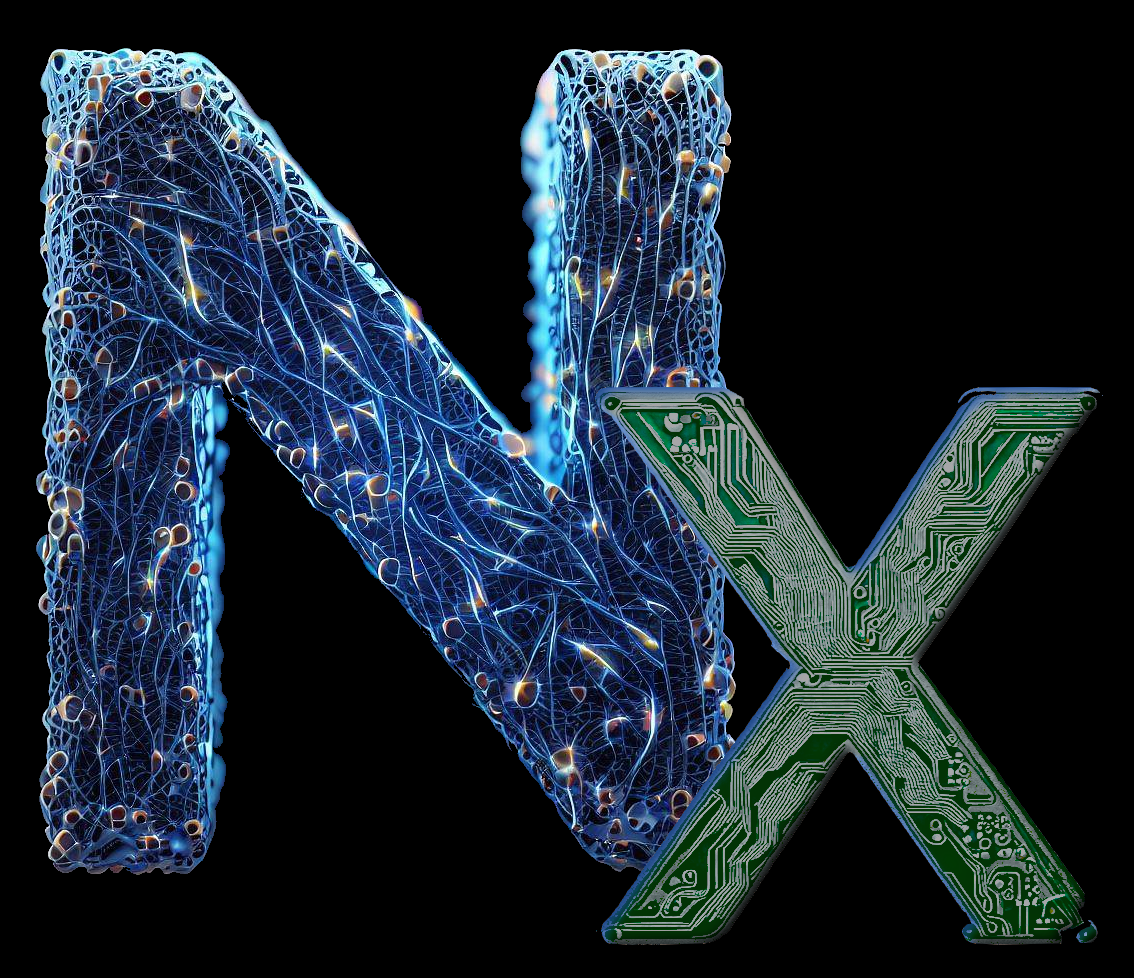I’ve heard of immutable OS’s like Fedora Silverblue. As far as I understand it, this means that “system files” are read-only, and that this is more secure.
What I struggle to understand is, what does that mean in practical terms? How does installing packages or configuring software work, if system files can’t be changed?
Another thing I don’t really understand is what the benefits as an end user? What kinds of things can I do (or can be done by malware or someone else) to my Arch system that couldn’t be done on an immutable system? I get that there’s a security benefit just in that malware can’t change system files – but that is achieved by proper permission management on traditional systems too.
And I understand the benefit of something declarative like NixOS or Guix, which are also immutable. But a lot of OS’s seem to be immutable but not purely declarative. I’m struggling to understand why that’s useful.
How does installing packages or configuring software work, if system files can’t be changed?
On reboot. You install your changes into a separate part of the filesystem that’s not running and then “switch parts” on next boot. Different distros do this differently. Vanilla OS has an AB system which basically works like Android does it, openSUSE uses btrfs snapshots and Fedora also uses btrfs I think but they got a more complex layering system on top.
I get that there’s a security benefit just in that malware can’t change system files – but that is achieved by proper permission management on traditional systems too.
Is it though? All it takes is a misconfiguration or exploit to bypass it, so having several layers of protection isn’t a bad thing and how any reasonably secure system works. And having parts of your system predetermined as read only is a comparably tough nut to crack.
An immutable distro, to my understanding, locks core components of Linux (mainly /sys afaik) from interaction from not only bad actors but also the user so that you can’t fuck up you’re system in a way like Linus from LTT (removing X11 by forcefully ignoring all warnings). Applications can be installed as Flatpak, AppImage, Snap or through OverlayFS from regular repositories.
Advantages to (non- tech savvy) users are an additional layer against their own mistakes and easier support since the important stuff is identical on every install of the given distro.
applications are installed with flatpak - basically little containers that contain everything a program needs. sort of like docker
so normally if you wanna install something - let’s say minecraft. you would also need to install java. the flatpak for minecraft would have java inside of it so it can be run in its own little container and you don’t need to install either
Doesn’t that lead to huge redundancy – say, multiple java copies effectively existing in the system? And also to software not optimized for the system (I assume flatpaks are pre-compiled)?
Flatpaks really have the added benefit of things just work. Many distros have problems with codecs for example and need to install extra packages to get video working in Firefox. The flatpak version doesn’t require any of this and you can just install and move on with your life. Yes dependencies are “redundant” sometimes but you have the added benefit of a really clean base system without hundreds or thousands of lib or dev packages. Also sometimes you need a specific version of a dependency. Let’s say you need to update it for compatibility with a specific package but that breaks another which needs an older version. The system can stay especially clean when it comes to the toolbox utility and dev environments (this is available in other distros as distrobox I think).
The most basic benefit of immutable OSes like Fedora Silverblue is that you are prevented from messing up your system enough that you are unable to boot into it and fix it. This isn’t strictly true, you can always go out of your way to screw things up (say deleting required partitions), but in normal usage you will always have a backup to boot and fix whatever you messed up. It also makes it extremely easy to undo things even if they aren’t errors.
It’s possible to do this without immutable OSes using btrfs snapshots before you change anything system-wide, in fact I believe MicroOS uses btrfs snapshots for their immutable system, but that adds cognitive load as it requires you to remember to create a snapshot. OpenSUSE Tumbleweed provides snapshotting automatically and adds entries to the bootloader for previous iterations, but it isn’t immutable because you can still go and modify your root partition without taking a snapshot. MicroOS, however, has a read-only root partition so it becomes a lot more difficult to make a change without a snapshot. You can still do it, but you have to go out of your way to do it.
I’m generally a Windows user, but on the verge of doing a trial run of Fedora Silverblue (just need to find the time). It sounds like a great solution to my… complicated… history with Linux.
I’ve installed Linux dozens of times going back to the 90s (LinuxPPC anyone? Yellow Dog?), and I keep going back to Windows because I tweak everything until it breaks. Then I have no idea how I got to that point, but no time to troubleshoot. Easily being able to get back to a stable system that isn’t a fresh install sounds great.
You can also check btrfs and snapper





